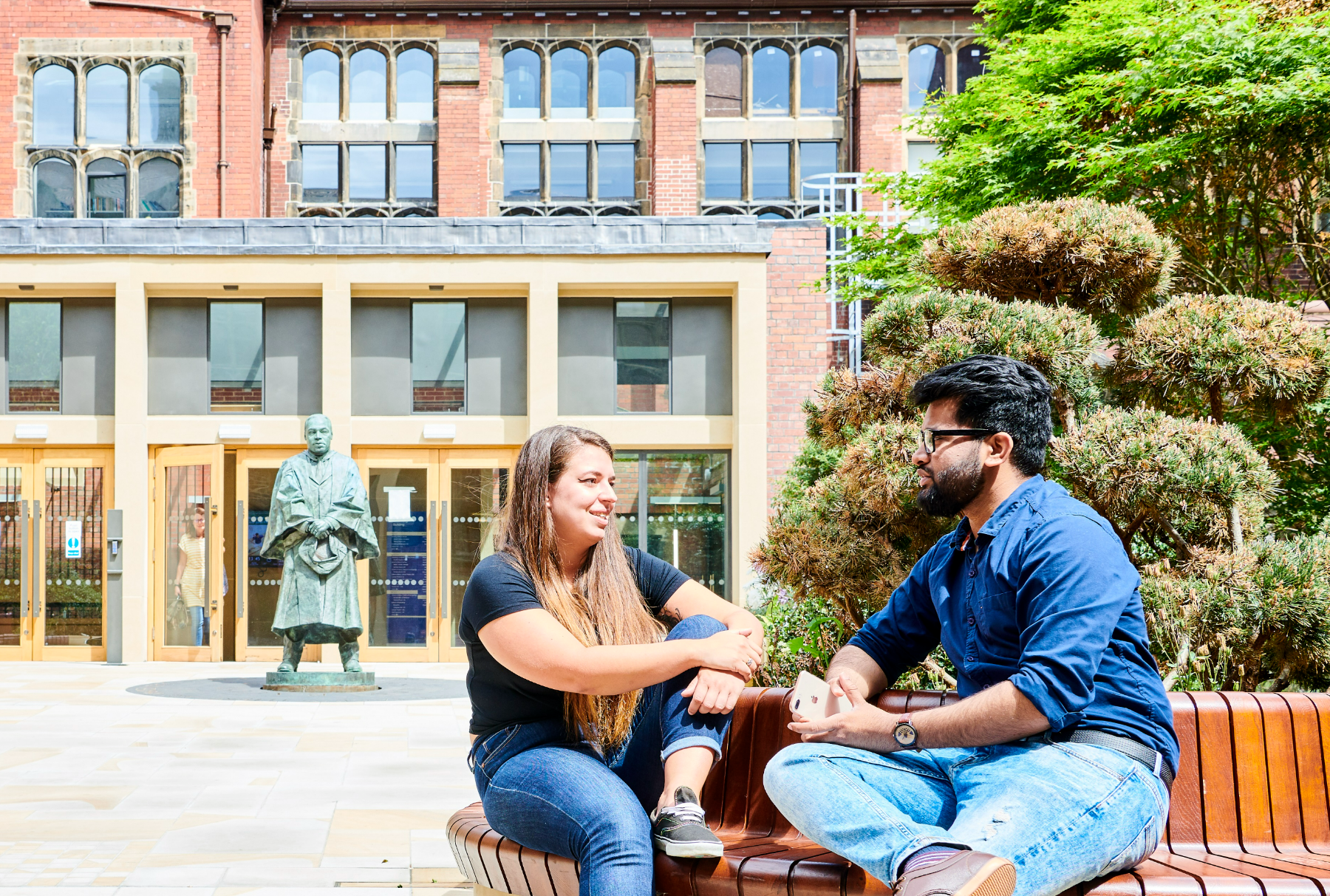Dr Srikanth Ramaswamy
NUAcT Fellow, Marie Curie Fellow
Dr Ramaswamy joined Newcastle in 2021 as part of the Newcastle University’s NUAcT fellowship scheme and leads the Neural Circuits Laboratory here in the Faculty.
Srikanth tells us a bit more about his background and why he’s chosen to join Newcastle:
I am a Swiss-Indian computational neuroscientist with a background in electrical engineering and neuroscience. My career has included Post Doc positions in Lausanne and a Marie Curie Fellowship in Bern. I am currently the holder of a Newcastle University Academic Track Fellowship (NUAcT) and a Fulbright Visiting Professorship at Massachusetts Institute of Technology. I am passionate about diversity, equality and inclusion in neuroscience and am a founding member of the ALBA network where I lead their Global Diversity Task Force. I encourage open research and created the Neocortical Microcircuit Collaboration (NMC) Portal which is an open-access web resource that provides free access to all the relevant experimental data, models, and tools. More than 70000 users have been able to download comprehensive models of neocortical neurons and synapses to date.

I am very pleased to be here in Newcastle. The Fellowship has enabled me to develop my research vision, continue to build an international reputation, and contribute to multi-disciplinary collaborations across Newcastle and beyond.
My research focuses on the interface of biological and artificial neural networks. The brain continuously adapts and learns to respond to ever-changing behavioural demands. It achieves this by controlling the function of nerve cells (neurons), and their networks through the release of neuromodulators. Neuromodulators – dopamine, acetylcholine, serotonin, noradrenaline or histamine – are chemical messengers that govern the emergence of brain oscillations by controlling the activity of neural networks and regulating shifts between behavioural states such as sleep and wakefulness or distraction and attention. My research will give insights into how neuromodulators shape learning and memory in mammalian brains.
My research has led to some interesting developments in the field. Through pioneering a novel mixed method, cross-disciplinary approach and innovatively integrating experiments, computational modelling, and data science, I can systematically dissect the cellular and synaptic organization of a brain region called the neocortex.
The neocortex is the seat of higher-order cognitive functions in the brain, such as learning, attention and memory. My research has shown a fundamental role in how calcium controls neural networks to shift the neocortex from one state of activity to another - for example from sleep to wakefulness. This will enable new theoretical approaches to studying information processing and memory mechanisms in the healthy brain and how they go awry in disorders such as epilepsy schizophrenia, Alzheimer’s and Parkinson’s disease.
My long-term goal is to apply the results of my research to understand how the function of biological neural networks goes awry in brain disorders. Brain disorders are directly associated with increasing age. Given the rapidly ageing global population, it is estimated that,
by 2035, mental disorders could thrust a staggering US$50 trillion in patient care alone. In the long run, I expect that my research will identify therapeutic interventions to partially alleviate this immense socio-economic burden imposed by brain disorders.
